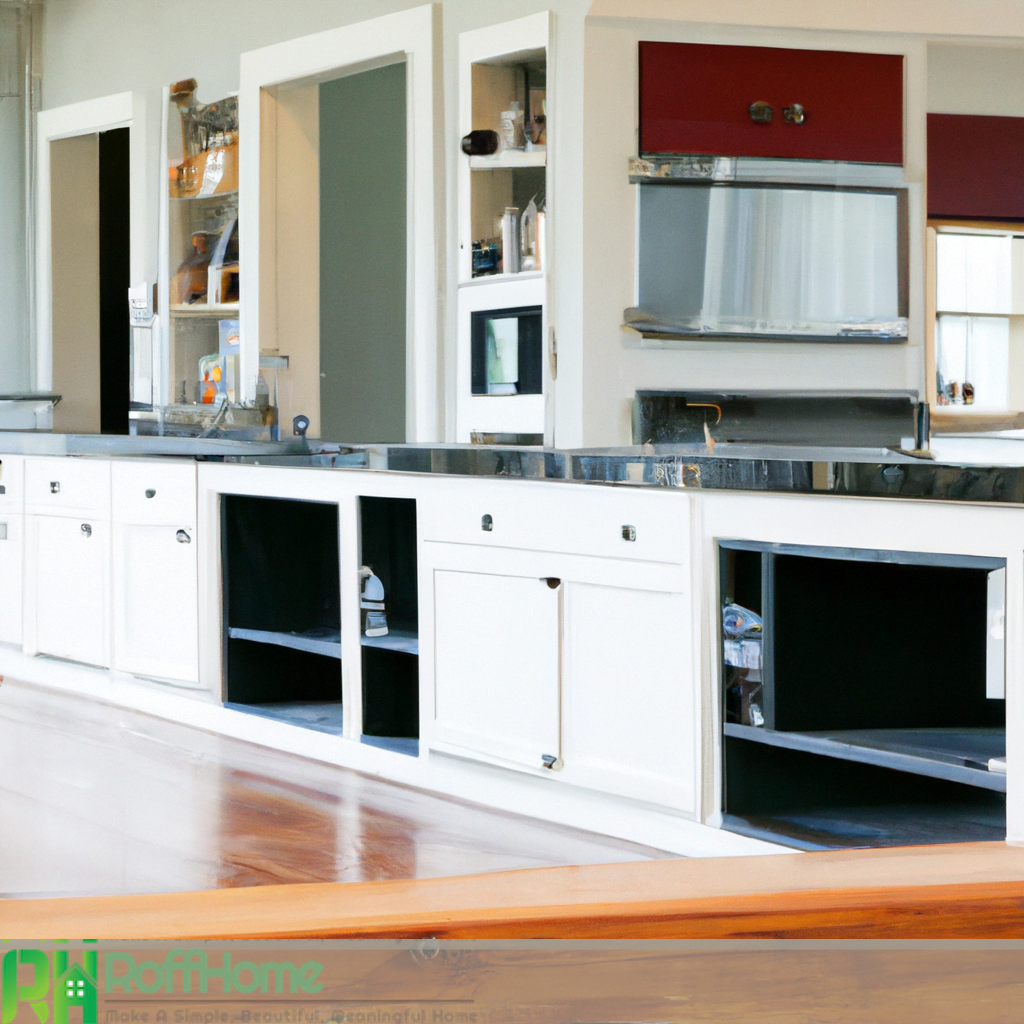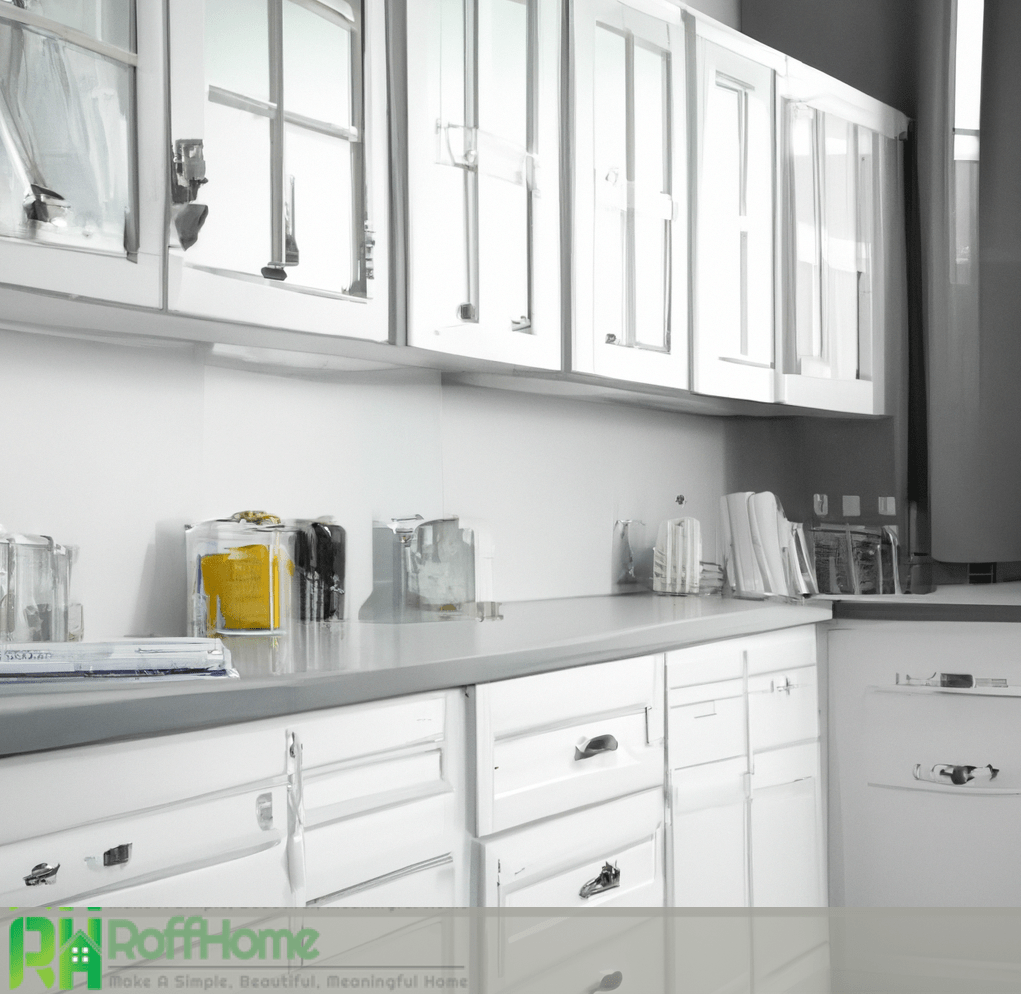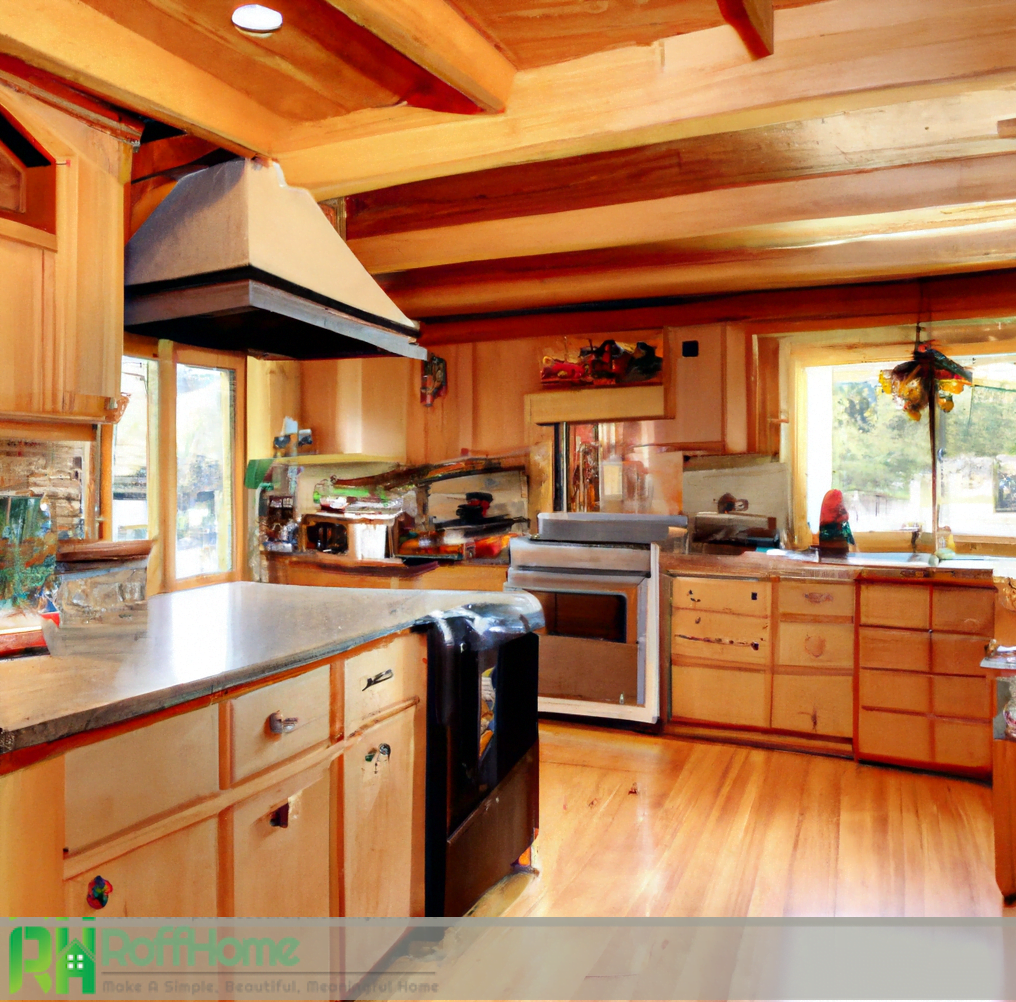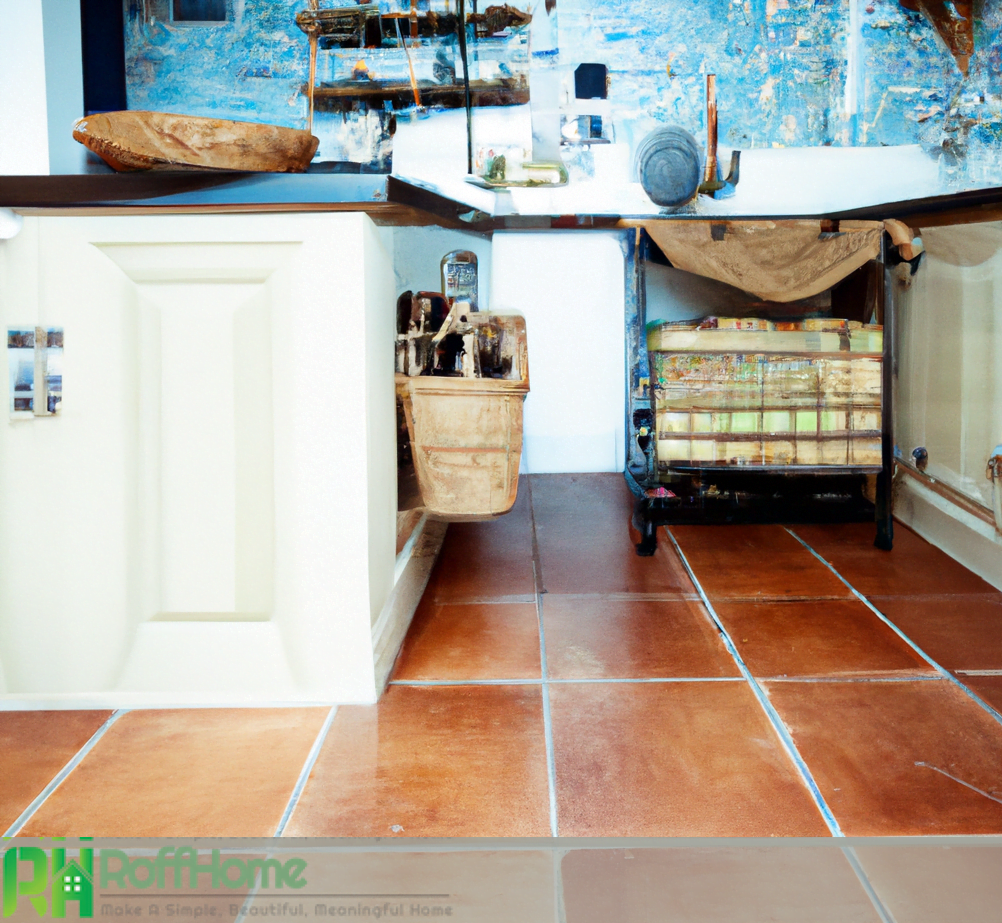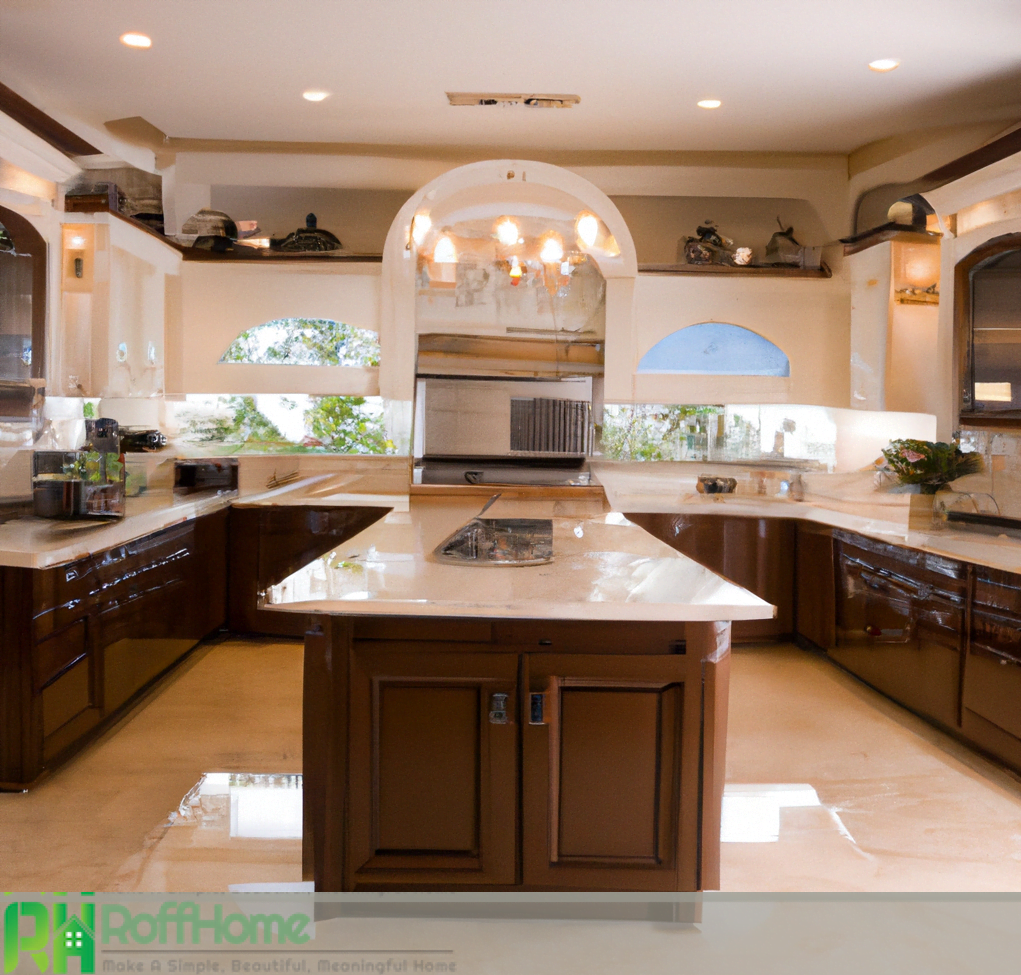Discover the Rustic Elegance of Brick Floors for Top 10 Kitchen
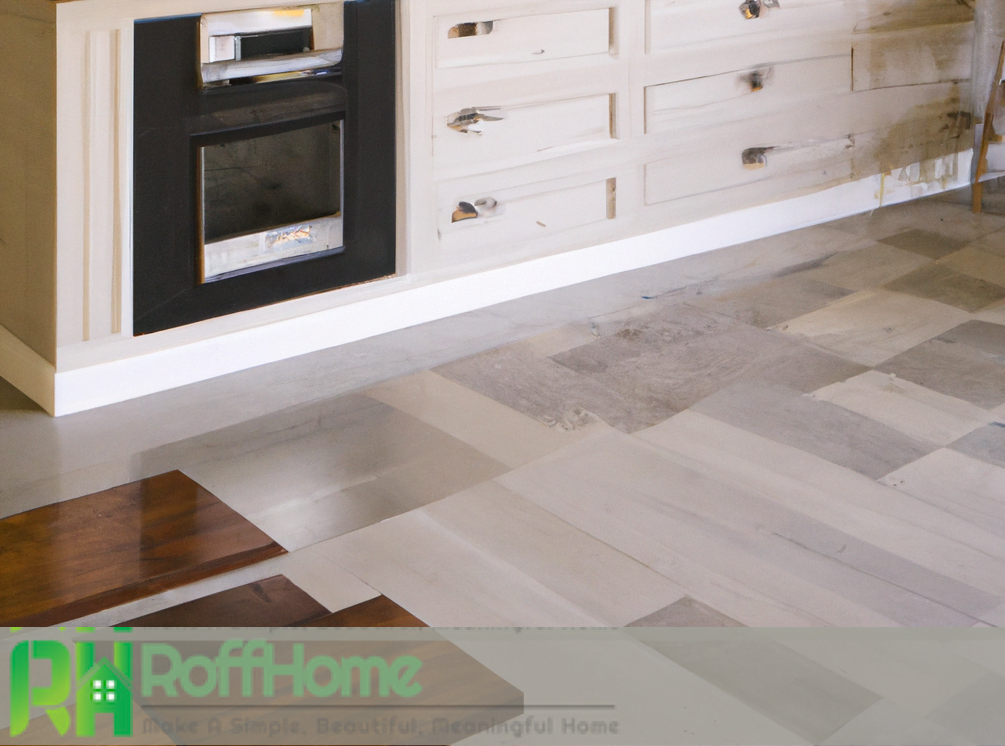
Brick floors have been a popular flooring choice for centuries and are coming back in kitchen design. They bring a touch of rustic charm and durability to any kitchen. Regarding kitchen flooring options, brick offers several benefits, including durability, ease of cleaning, and rustic appeal. With so many types of bricks available, it’s important to select the right one for your kitchen floor and consider factors such as installation methods and maintenance requirements.
The brick flooring installation can be done using either a mortar bed or a floating system, and preparation is key to ensure a successful outcome. This includes removing existing flooring, leveling the surface, and sealing the brick to protect it from moisture and stains. The cost of installing a brick kitchen floor can vary, but budgeting and careful planning can help to keep expenses under control.
The history and evolution of brick flooring in kitchen design.
Brick flooring can positively impact a home’s resale value, making it a smart investment. When it comes to design, the options for integrating brick flooring into a kitchen are endless, from traditional to modern. You can experiment with color, pattern, and texture to create a unique and cohesive look. Whether you’re looking to bring a touch of tradition or add a modern twist, brick flooring is a versatile option that can bring lasting beauty to your kitchen.
Brick flooring has a rich history and has evolved over the centuries to become a popular choice in kitchen design. The earliest examples of brick flooring can be traced back to ancient civilizations, where it was used for its durability and natural beauty. During the medieval period, brick flooring became popular in castles and manor houses, where it was used to add warmth and elegance to interior spaces.
In the 19th century, brick flooring saw a resurgence in popularity, particularly in the United States, where it was used in homes, schools, and commercial buildings. The advent of new production techniques allowed for the mass production of bricks, making them more affordable and accessible to a wider range of people. This led to the widespread use of brick flooring in residential and commercial kitchens, which was prized for its durability and easy maintenance.
Over the years, brick flooring has continued to evolve in response to changing design trends and technological advances. Today, brick flooring is available in various colors, textures, and sizes, making it easy to find a style that suits your kitchen’s decor. Additionally, modern sealing techniques have made brick flooring more resistant to moisture and staining, making it an ideal choice for high-traffic areas such as kitchens.
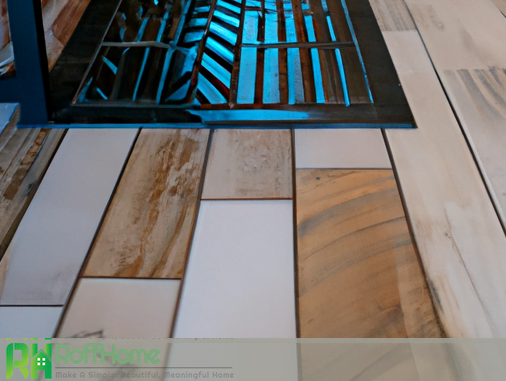
Creative ideas for incorporating brick floors in the kitchen decor
Brick flooring is a versatile option that can be easily incorporated into various kitchen decor styles. Here are some creative ideas for bringing the beauty of brick into your kitchen:
Color blocking: Use different brick colors to create a unique and eye-catching pattern on the kitchen floor. This can be done by alternating light and dark bricks or mixing different shades to create a mosaic-like look.
Textural interest: Choose bricks with a textured surface, such as tumbled or reclaimed bricks, to add depth and interest to the kitchen floor. The texture of the bricks will create a warm, natural look that is both stylish and inviting.
Mix and match: Combine different sizes and shapes of bricks to create a dynamic and playful look on the kitchen floor. This technique can create a patchwork design or mimic the look of a cobblestone street.
Go bold: Use a single, bold color of brick to create a striking statement in the kitchen. This is especially effective when paired with a neutral palette of cabinetry and countertops.
Keep it classic: Use traditional red bricks in a classic running bond pattern for a traditional look. This classic look will never go out of style and will add timeless charm to any kitchen.
How to choose the right color and texture of bricks for the kitchen floor?
When choosing the right color and texture of bricks for your kitchen floor, there are several factors to consider. Here are some tips to help you make the best choice:
Consider the overall style of your kitchen: The bricks’ color and texture should complement your kitchen’s overall style and design. Choose classic red bricks or warm earth tones if your kitchen has a traditional feel. For a modern kitchen, consider a sleek and contemporary look with bricks in shades of gray or black.
Think about the lighting: The lighting in your kitchen can greatly impact the look of the bricks. If your kitchen has a lot of natural light, you can choose a lighter brick color. If the kitchen has low light, choose a darker color to create a warm and cozy atmosphere.
Consider the texture: The texture of the bricks can also greatly impact the look and feel of the kitchen. For a rustic feel, choose tumbled or reclaimed bricks. Consider a brick with a smooth surface for a smooth, modern look.
Consider the surrounding elements: Consider the colors and textures of the other elements in the kitchen, such as cabinets, countertops, and backsplashes, and choose bricks that complement these elements.
Experiment with samples: Before making a final decision, try out different colors and textures of bricks by laying down samples in your kitchen. This will give you a better sense of how the bricks will look and feel in the space.
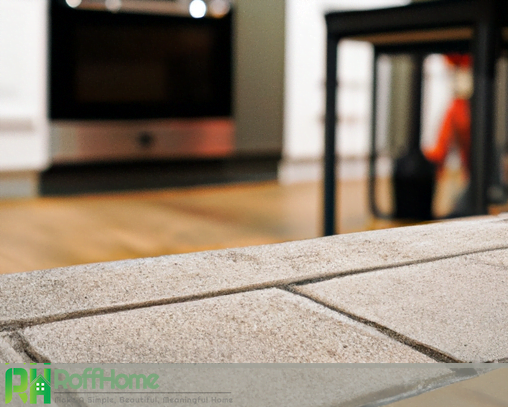
Comparison of brick kitchen floors with other flooring options
When it comes to kitchen flooring, there are a variety of options to choose from. Here’s a comparison of brick kitchen floors with other popular flooring options:
Hardwood: While hardwood is a classic and elegant choice, it can be more expensive and is prone to scratches and dents. Brick floors, however, are more durable and can last for many years with proper care and maintenance.
Tile: Tile flooring is a popular option for kitchens due to its durability and ease of maintenance. However, tile can be slippery and can crack over time. Brick flooring offers a similar level of durability but has a more natural and warm feel that is often more comfortable to walk on.
Vinyl: Vinyl flooring is budget-friendly, easy to install and clean. However, it can lack the warmth and character of brick floors and become scratched or damaged over time.
Concrete: Concrete flooring is a durable and modern choice, but it can be cold and hard underfoot. Brick flooring offers a similar level of durability and modern look but with the added benefit of a warm and inviting feel.
Cost and affordability of brick kitchen flooring
The cost of installing a brick kitchen floor can vary depending on factors such as the type of brick, the size of the kitchen, and the installation method. On average, a brick kitchen floor costs range from $10 to $30 per square foot, including materials and labor. This cost can be more or less expensive than other flooring options, depending on the quality of the materials and the level of craftsmanship involved in the installation.
When budgeting for a brick kitchen floor, it’s important to consider the cost of the materials, the cost of labor, and any additional expenses such as sealers or grout. It’s also a good idea to factor in the cost of maintenance over time, as brick floors may require periodic cleaning and sealing to maintain their appearance and durability.
Despite the initial cost, many homeowners find that brick kitchen flooring is a worthwhile investment due to its durability, long-lasting beauty, and timeless style. A well-installed brick floor can add value to your home and increase the return on your investment over time.
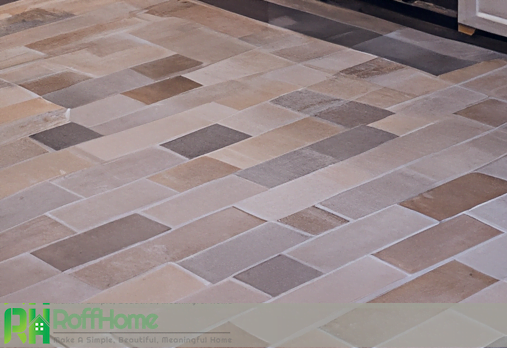
How to install brick floors in the kitchen.
Installing a brick floor in your kitchen can be a rewarding DIY project or an investment in a professional installation. The key to a successful installation is careful planning and preparation. Here are some steps to follow to install a brick floor in your kitchen:
Preparing the Surface: Before installing the brick, you’ll need to prepare the surface. This involves removing existing flooring, cleaning the surface, and leveling it as needed. A flat, level surface is essential for a successful installation.
Laying a Mortar Bed: The next step is to lay a mortar bed, the foundation for your brick floor. Mix the mortar according to the manufacturer’s instructions and apply it evenly to the surface. The thickness of the mortar bed will depend on the size and thickness of the bricks you’re using.
Laying the Bricks: Once the mortar bed is in place, it’s time to start laying the bricks. Begin in the center of the room and work your way outwards. Make sure to stagger the joints of the bricks and use spacers to maintain a consistent joint width.
Grouting and Sealing: Once the bricks are in place, you’ll need to fill the joints with grout and let it set. After the grout has healed, it’s important to seal the floor to protect it from moisture and stains.
Types of brick flooring materials suitable for the kitchen.
Several types of brick flooring materials are suitable for use in the kitchen, each with its unique look, feel, and performance characteristics. Here are some of the most popular types of brick flooring for the kitchen:
Clay Bricks: Clay bricks are made from natural clay and are known for their durability, moisture resistance, and distinctive texture. They come in various colors and can be used to create a traditional or modern look.
Concrete Bricks: Concrete bricks are made from a mixture of cement, sand, and aggregate. They are known for their strength, durability, and affordability. Concrete bricks are also available in various colors and textures to suit any kitchen style.
Reclaimed Bricks: Reclaimed bricks are salvaged from old buildings and repurposed for use in new construction projects. They are prized for their character and history and are a popular choice for kitchens looking to create a rustic, vintage look.
Engineered Bricks: Engineered bricks are made from a combination of concrete, clay, and other minerals. They are known for their durability, affordability, and ease of maintenance. Engineered bricks are also available in various colors and textures to suit any kitchen design.
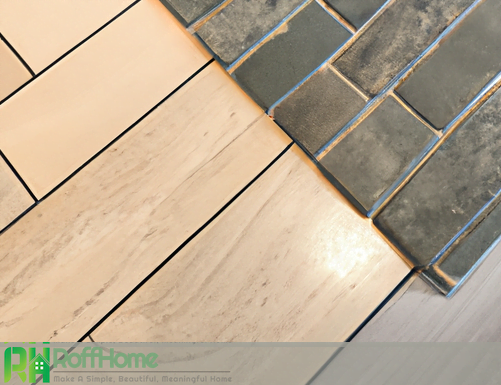
Maintenance and cleaning of brick kitchen floors
Brick kitchen floors are known for their durability and longevity, but like any flooring material, they require proper maintenance and cleaning to keep them looking their best. Here are some tips for maintaining and cleaning your brick kitchen floor:
Sweeping and Mopping: Regular sweeping and mopping can help keep your brick floor free of dirt and debris. Use a soft-bristled broom to sweep the floor and a damp mop to clean it. Avoid excessive water, as this can cause the mortar between the bricks to soften and deteriorate over time.
Sealing: Sealing your brick kitchen floor can help protect it from moisture, stains, and other damage. Consider replacing your floor every few years to maintain its protection.
Avoiding Abrasives: Avoid using abrasive cleaners or scrubbers on your brick floor, as these can scratch the surface and cause damage. Instead, use a mild soap or cleaning solution specifically designed for brick floors.
Protecting from Water: Water can cause damage to brick kitchen floors, so it’s important to clean up spills and leaks promptly. Place mats in front of the sink and other high-traffic areas to catch spills, and consider using waterproof sealants or other protective coatings to help prevent water damage.
Repairing Damage: If your brick kitchen floor does sustain damage, it’s important to repair it promptly. Cracks or missing bricks can allow water to seep in and cause further damage to the floor and the surrounding surfaces. Consider hiring a professional to repair the floor if necessary or to ensure the repair is done correctly.
Advantages and disadvantages of brick flooring in the kitchen.
Brick flooring in the kitchen can offer a range of advantages and disadvantages, and it’s important to consider both before making a decision. Here are some of the key advantages and disadvantages of brick kitchen floors:
Advantages:
Durability: Brick flooring is known for its durability and resistance to wear and tear. It can withstand heavy foot traffic and spills, making it a great choice for high-traffic kitchens.
Style: Brick flooring is available in a range of colors, patterns, and textures, allowing you to create a look that is unique to your kitchen. Whether you prefer a traditional, rustic look or a sleek, modern design, brick flooring can help you achieve the look you want.
Affordability: Unlike other types of flooring, brick flooring can be affordable. This is especially true if you choose reclaimed bricks, which can often be sourced at a lower cost than new bricks.
Easy to Clean: Brick flooring is easy to clean and maintain and does not require frequent sealing or refinishing like other types of flooring.
Disadvantages:
Cold: Brick flooring can be cold to the touch, making it uncomfortable to walk on bare feet. This can be remedied by using area rugs or floor mats or installing heating systems beneath the floor.
Hard Surface: Brick flooring can be hard and unforgiving underfoot, making it uncomfortable to stand on for long periods. This can also make it less suitable for homes with children or elderly residents.
Installation: Installing brick flooring can be a complex process that requires specialized tools and knowledge. It’s often best to hire a professional to install brick flooring in your kitchen, especially if you need to become more experienced with home improvement projects.
Maintenance: Brick flooring requires regular cleaning and maintenance to keep it looking its best. This can include sweeping, mopping, and sealing and may require more time and effort than other types of flooring.
In conclusion, brick floors can offer a durable and stylish kitchen flooring option. With its wide range of colors, textures, and patterns, brick flooring can fit into any kitchen design style, from rustic to modern. However, it’s important to consider the cost, installation process, and maintenance requirements before deciding. Working with a professional ensures that you choose the right brick flooring material and design to create the kitchen of your dreams.

